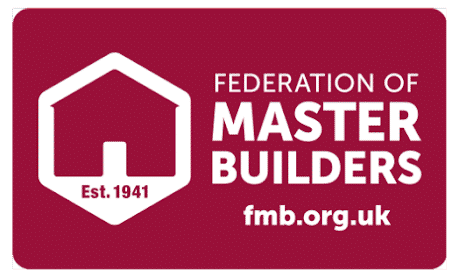gaps between skirting board and parquet floor
HI We have recently moved into a house and under the carpet is the original parquet floor in pretty good condition. However around the edges of the room there is a gap between the bottom of the skirting board and the floor .I think in my old house the skirting went over the parquet , this is not he case here.The gaps vary in size some barely there some substantial enough to place a finger between edge of parquet and skirting . I love parquet floors so Is there a way of filling these gaps ?or do I go back to using a carpet which would solve the problem ? Any help , much appreciated!
==================
Answer:-
There are several ways to address the gaps between your parquet floor and skirting boards without resorting to carpet. Here are some options:
1. Quarter round or shoe molding: This is a common and attractive solution. Install quarter round or shoe molding along the base of the skirting board to cover the gap. This molding can be painted to match your skirting or stained to complement the parquet.
2. Flexible caulk: For smaller gaps, use a flexible caulk that matches either the floor or skirting color. This works well for gaps up to about 1/4 inch (6mm).
3. Expanding foam + caulk: For larger gaps, first fill them with expanding foam insulation. Once dry, trim it flush with the floor and cover with caulk or a thin strip of wood.
4. Custom-cut wood strips: For a more permanent solution, cut thin strips of wood to fit the gaps. These can be stained to match the parquet or painted to match the skirting.
5. Adjustable skirting boards: Though more involved, you could replace the current skirting with adjustable ones that can be lowered to meet the floor.
6. Professional floor restoration: A flooring specialist might be able to add matching parquet pieces to fill larger gaps, then refinish the entire floor for a seamless look.
Each method has its pros and cons in terms of aesthetics, cost, and difficulty. The best choice depends on the size of your gaps, your DIY skills, and your budget.





